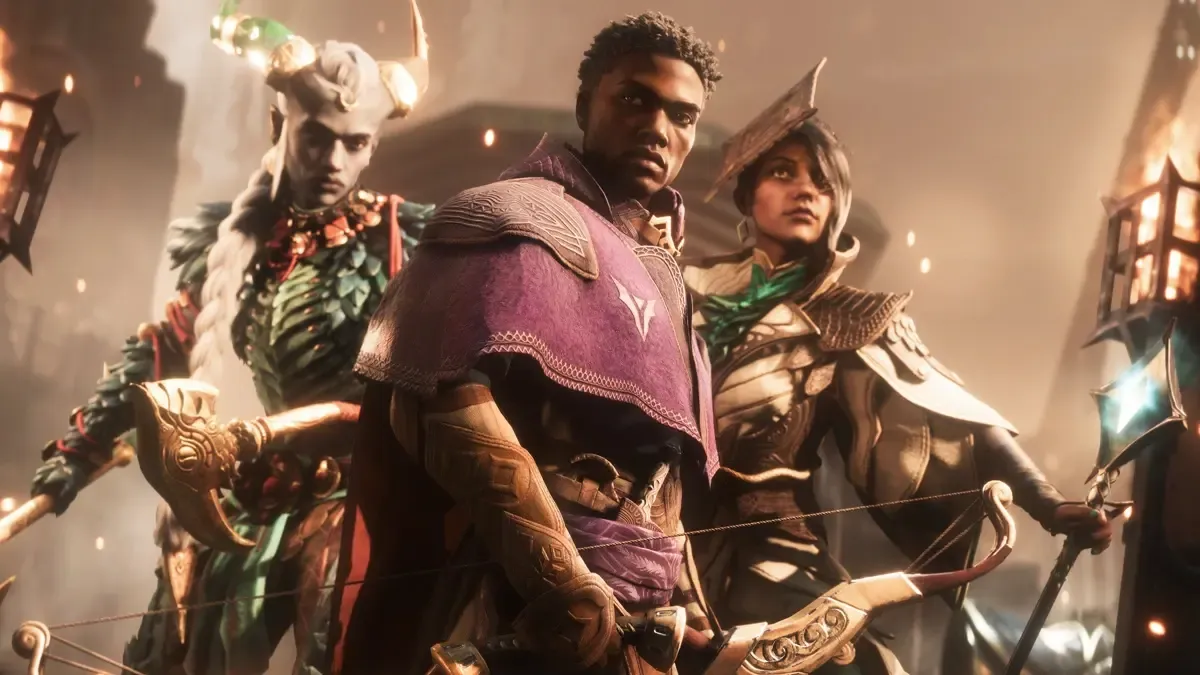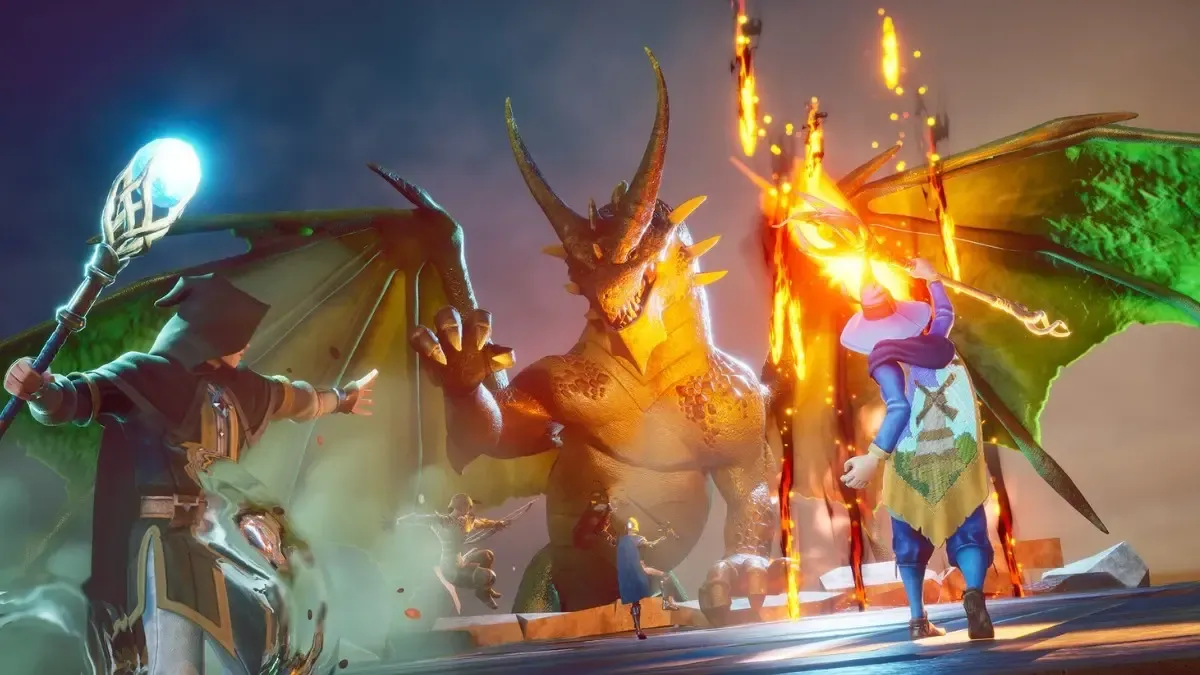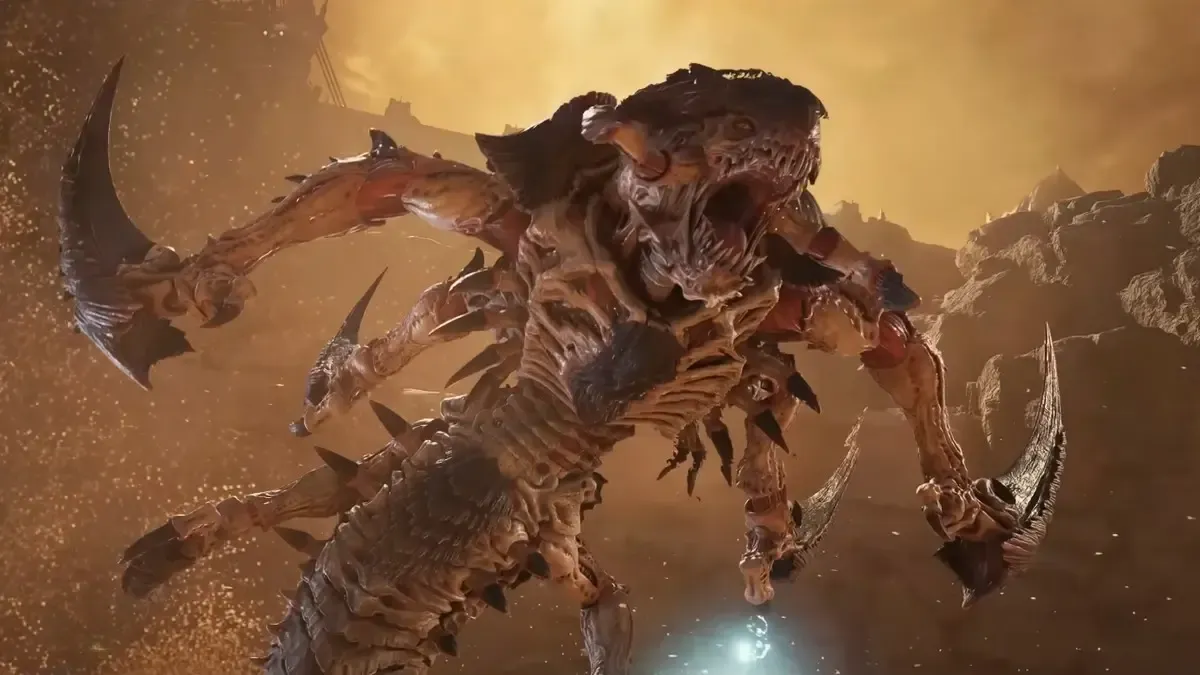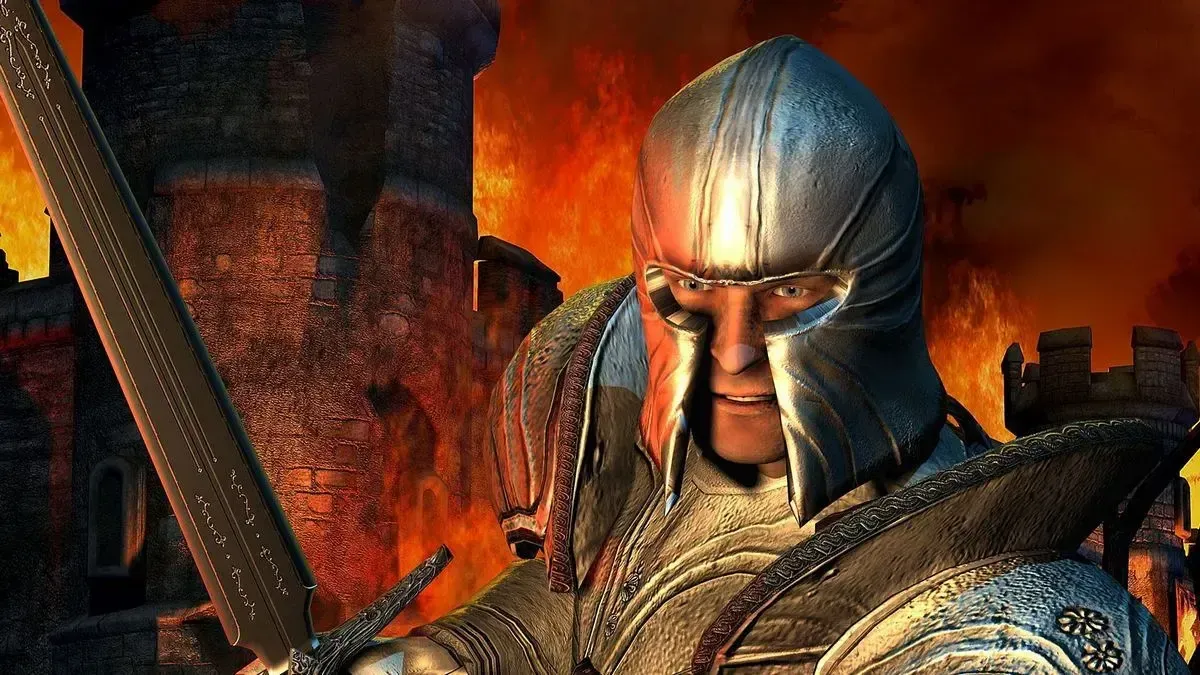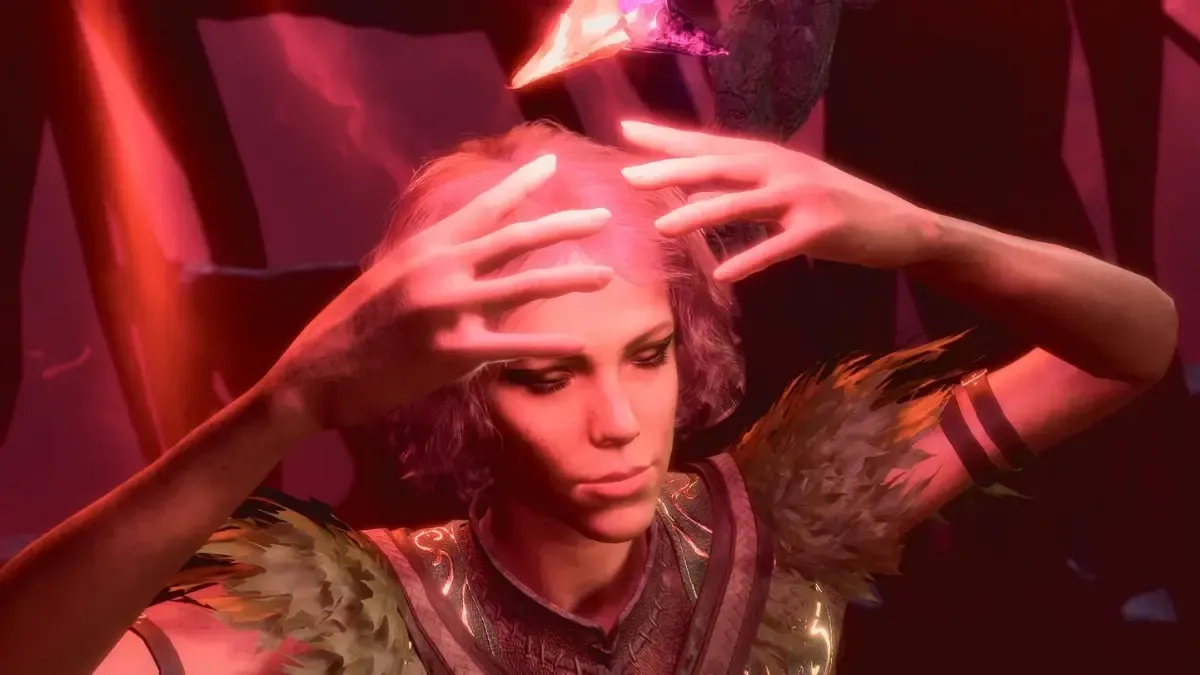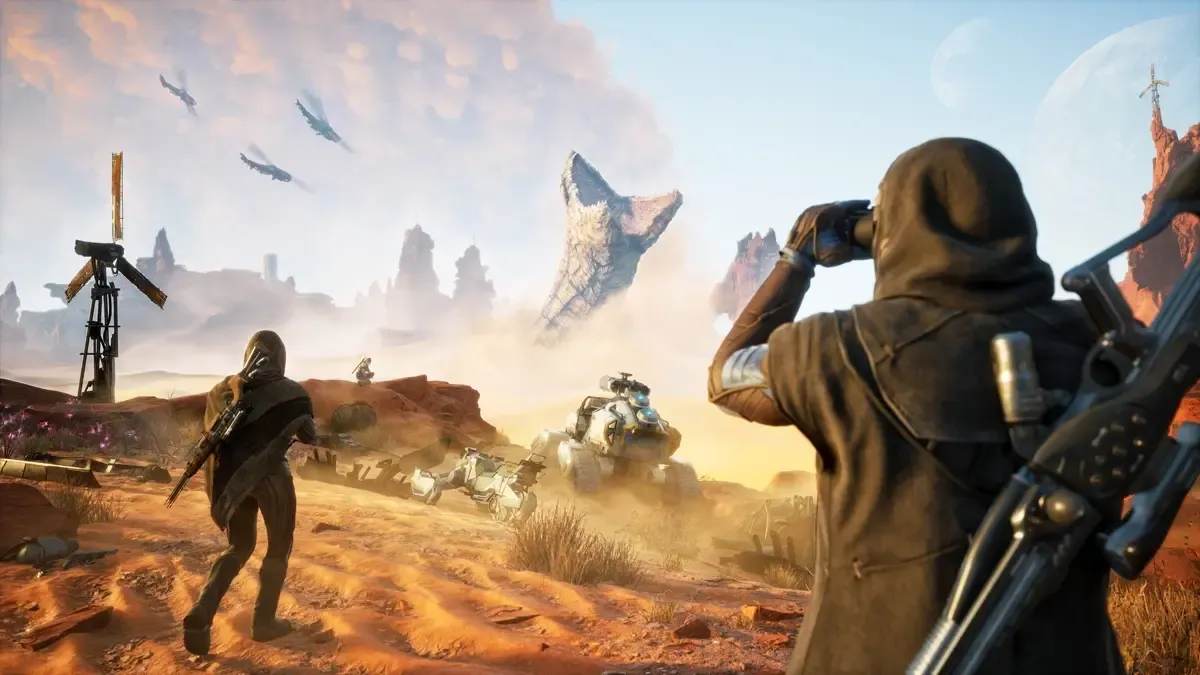Image: Electronic Arts
BioWare's latest Dragon Age game isn't great, but it's good enough.
BioWare’s latest Dragon Age adventure arrives an entire decade after the fantasy RPG franchise's last mainline entry: Dragon Age: Inquisition. During this long absence, the developer has put out two new games – Mass Effect: Andromeda and Anthem – both of which suffered disastrous enough launches to tank its hard-earned reputation as a legendary RPG maker. With just one mediocre sequel to a beloved sci-fi franchise and another clumsy foray into the live-service arena, it had become difficult to remain optimistic about BioWare’s future output.
Dragon Age: The Veilguard looks to turn things around, albeit with no absence of discourse surrounding its own release. While this action-RPG pales in comparison to its predecessors, its blockbuster campaign, breathtaking environments, and complex skill trees posit a return to BioWare’s heyday of making seminal RPGs. We’re not quite there yet, but this is certainly a step in the right direction.
Solas is getting up to no good
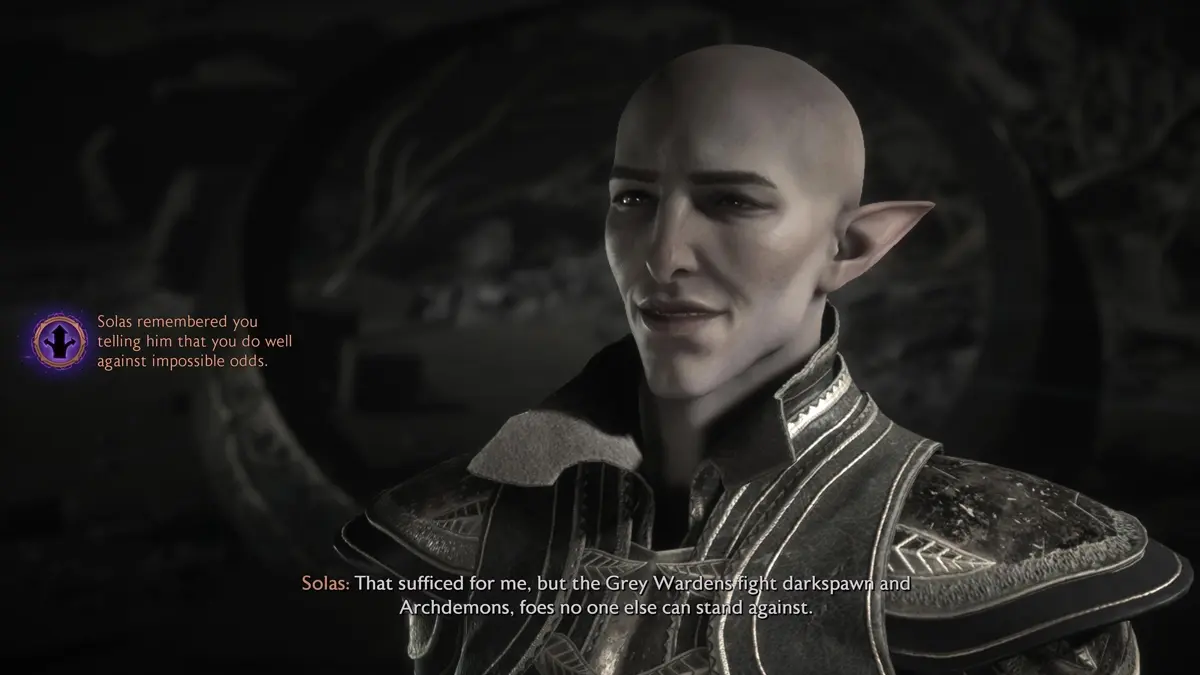
Dragon Age: The Veilguard is set 10 years after the events of Dragon Age: Inquisition, but BioWare has thankfully programmed in a few ways for players to catch up on relevant story details for this campaign, as well as a few ways for returning players to feel like they have carried some of their progress over from Inquisition. If you’re like me and haven’t finished Inquisition yet (sue me!), you’ll be safe to start from scratch here.
It won’t be as easy to hop into this game as, say, Baldur’s Gate 3, but you won’t be totally lost so long as you’re paying attention.
The Veilguard begins with the player character – referred to as Rook – having already assembled a small party to stop the Dread Wolf Solas from tearing down the Veil, which acts as a barrier between Thedas and the Fade. A ritual enacted by Solas causes demons to come pouring in from the Fade, but Rook and their party learn quickly enough that these creatures are the least of their problems.
While the game kicks off with Solas’ grand plan coming to fruition, it quickly pivots to show players that the somewhat misunderstood villain might have had good reason to run his schemes. Those reasons being, of course, much bigger threats looming on the horizon for Rook to deal with.
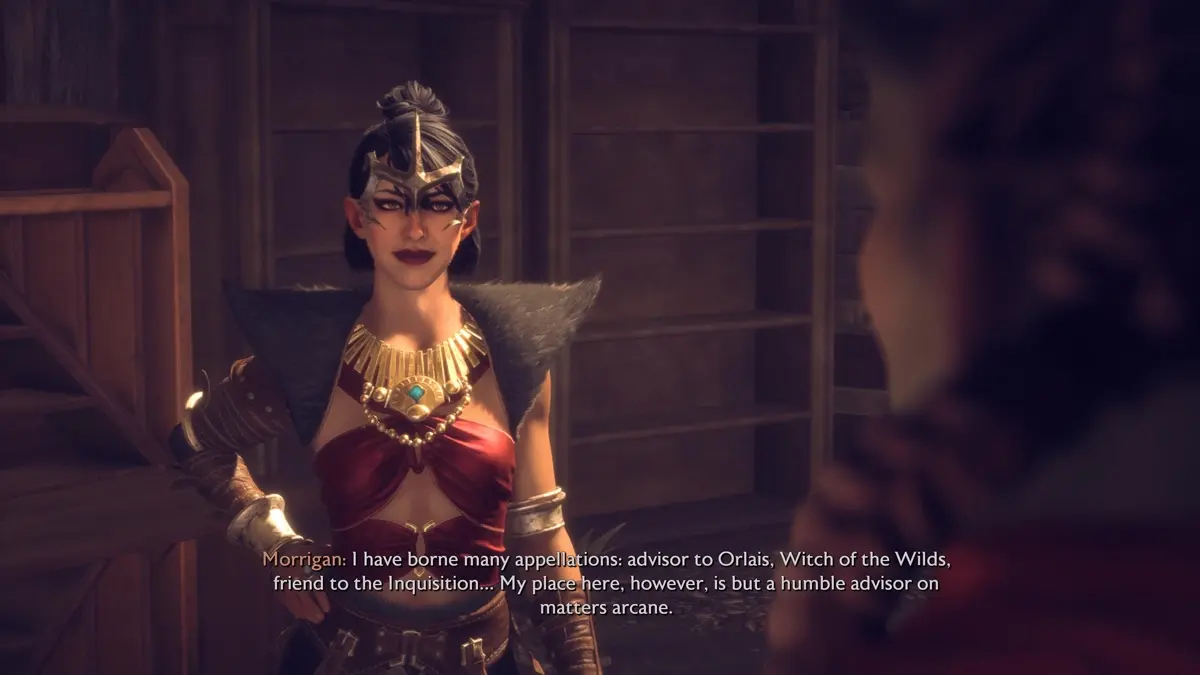
The main story is completely serviceable for a game of this scale, but it takes some time to really get going. The first few chapters revolve around players collecting companions from various corners of Tevinter and getting to know them, which means that players impatient to dig into the meat of this campaign will have to sit through a lot of worldbuilding first.
The Veilguard aims to tell a more focused story than previous games, with tighter environments and a shorter runtime than one might expect (if you're ignoring a few side objectives along the way). That means players are constantly bouncing across Tevinter like a pinball, going from one location to the next as they tick off a series of bite-sized story missions.
In a way, BioWare’s pragmatism benefits the story. By giving players smaller story acts interspersed with blockbuster setpieces, wherein players are often taking part in large-scale battles with toppling buildings, behemoth monsters and hordes of demons, they never feel like they’re running around Tevinter rudderless. There’s always a reason to push forward, as the Veilguard constantly swap out new clues to chase and enemies to defeat. Its boss battles are almost God of War-like in their epic scale, though its minibosses can be less favourably compared to Santa Monica Studio’s action-RPG, as they are tiringly repetitive.
The rest of the time however, The Veilguard’s story hovers in a strange place in between mediocrity and greatness, There’s a level of ‘just good enough’ that permeates this entire campaign, with annoying caveats and addendums attached to each of one of its biggest achievements.
The game has diverse customisable companions, yes, but only a few of them (Taash and Emmerich) stand out from the bunch. Its story is unpredictable and twisty, only because it pulls previously-unknown villains out of expository lore drops like rabbits from a top hat (introducing… this thing! It’s going to destroy the world now!). At times the story seems to revolve around the companions and their problems; other times, it’s more focused on the threat at hand.
There should be more RPG in this RPG
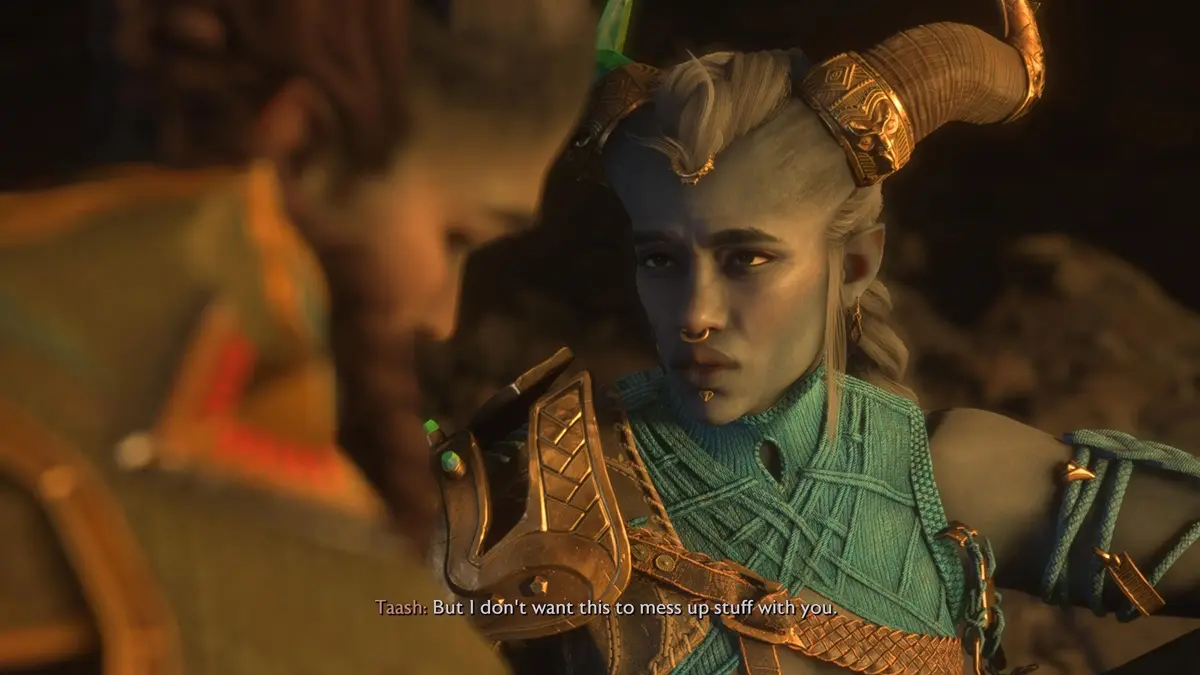
What doesn’t help are the uninspired dialogue choices. While Rook feels like a compelling enough protagonist for players to shape in their image, the dialogue choices they’re presented with are frustratingly binary and often nonsensical. For example, romancing companions is as easy as selecting the dialogue option emblazoned with a red heart each time it appears. Few conversations rely on the player picking the ‘correct’ dialogue options, and the ones that do only deliver light punishments for picking them wrongly.
The one exception to this rule is a sidequest that ends in a conversation where Rook can either talk someone down or fight an entire dragon, which I thoroughly enjoyed.
Your choices are spelled out for you, but few options are given to allow for a truly evil playthrough, or even a mildly annoying person playthrough, as Rook can only tell jokes, act stoic and be a little aggressive at any given time. Your companions will rarely disapprove of anything you say because of how inoffensive Rook is as a person, and even when they do, it always boils down to slight disagreements in beliefs and ideals – not actual morals.
Replayability is sorely impacted by this as a result, as there is little diversity afforded to the roleplay experience. In-game dialogue feels sanitised, at times even a little schmaltzy, but always ill-fitting for an RPG set in a world of demons, death, and mayhem like this one.
Thankfully, the companions themselves stand out more than the tapestry binding them together. It takes many hours before they even begin to become interesting to the player however, thanks to the game taking its sweet time to introduce them and unlock their companion questlines, but they eventually morph into a likeable enough cast you’ll want to dig into more.
They also exist and share dynamics independent of Rook’s involvement, which is more than I can say for a few RPGs. I would often stumble onto conversations they were having in the player hub on their own, or find them fighting over some trivial matter – hinting at lives being lived unseen by the player, and thus making the party feel more animated.
Combat woes
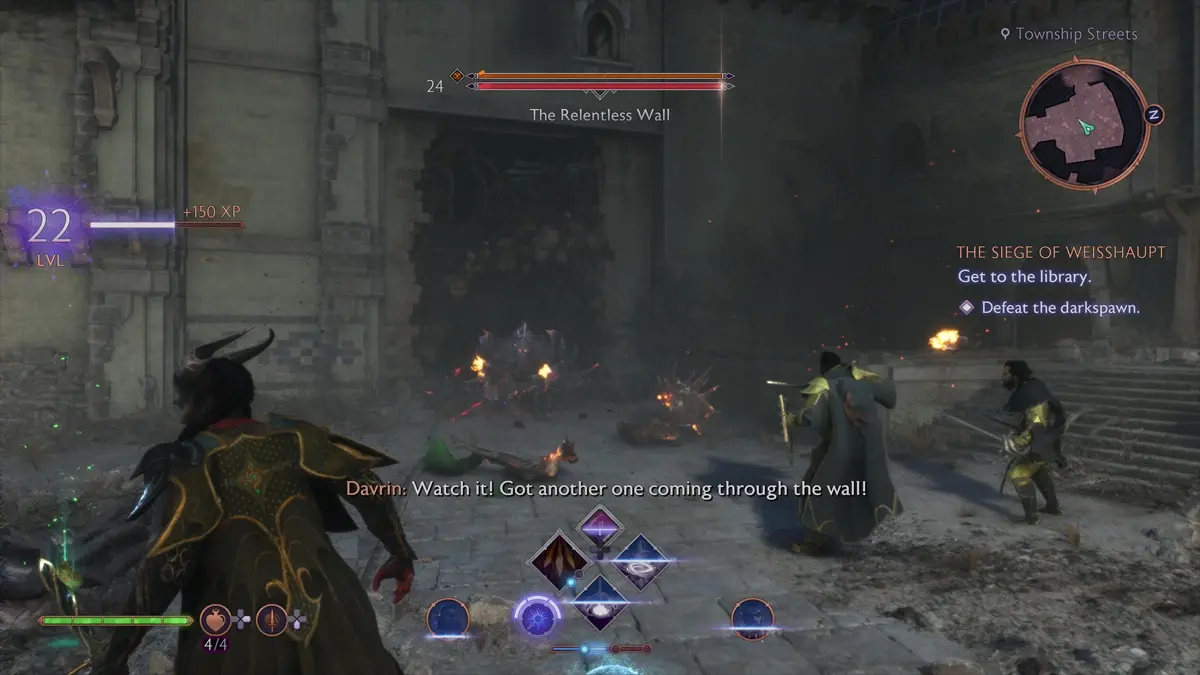
Dragon Age: The Veilguard departs from series conventions with an ability-based real-time combat system. Instead of having companions act of their own volition in the battlefield, players get to manage a smorgasbord of abilities – that of their companions and their own – and switch between them on the fly. This is pretty similar to the way Guardians of the Galaxy did things, treating Star Lord’s companions as extensions of himself in combat rather than independent entities.
Different abilities can mesh in different ways, too. ‘Sunder’ abilities can prime enemies for ‘Detonate’ abilities, which cause massive damage combos.
This is a rather simplistic take on combat for an RPG, but it works. There’s a kineticism here that was absent in previous entries, with lots of movement accompanied by VFX-heavy explosive spells – but it comes at the cost of the more tactical manoeuvres one expects to be able to pull off in a traditional RPG, making this a decidedly non-traditional RPG. Unfortunately, this style of combat outstays its welcome in a game as long as this, as spongy enemies with layers of health (barriers and armour) begin to pop up and cause battles to feel like they’ve been going for several minutes too long.
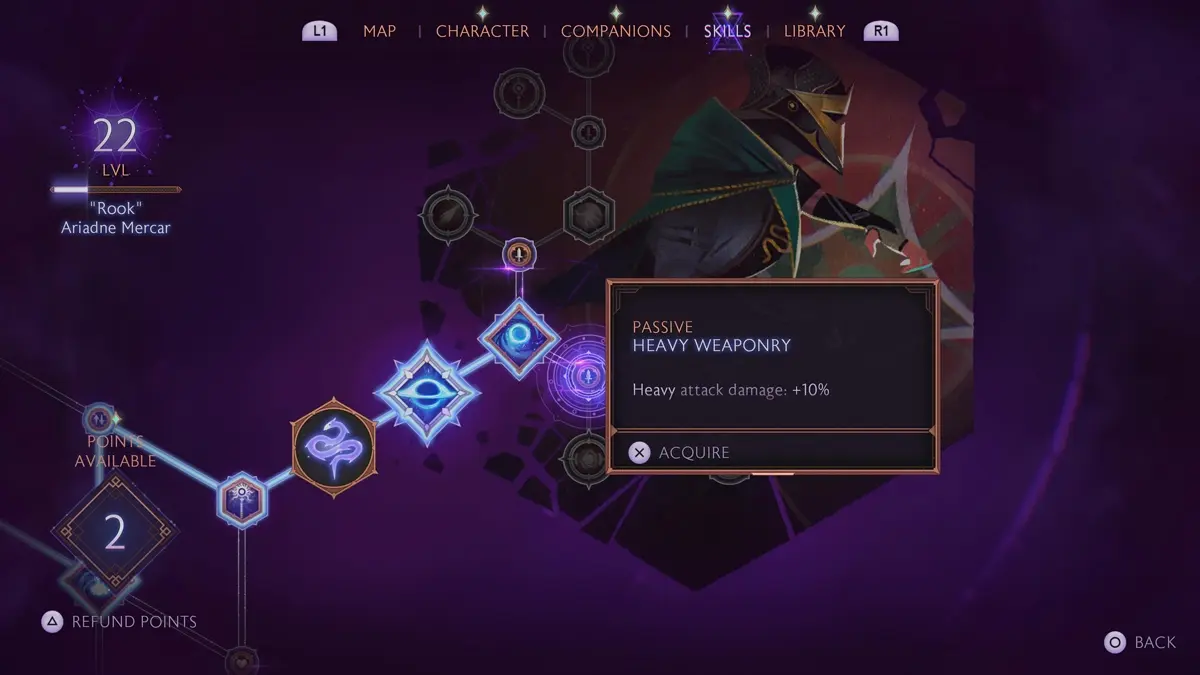
Once you figure out which abilities work best for you, there’s little room for experimentation. I hit that point around the 15-20 hour mark of the game, and played for tens of hours after, struggling to find the fun in doing the same thing over and over again. Granted, the skill tree does ease this issue somewhat. In terms of customisation, The Veilguard is more than satisfying – with several classes to choose from and different abilities to mix-and-match before even accounting for specialisations and companion skill trees, there are plenty of ways to make combat variable and thus, a little more interesting.
Exacerbating The Veilguard’s combat woes is a frustrating lock-on camera, which asks that players hit a button to lock onto an enemy – pivotal for Mage players like me who need to target specific enemies – only for the lock-on to disengage whenever an enemy teleports elsewhere.
This happened almost often enough for me to give up on locking onto enemies entirely. Fighting hordes of enemies for every major story mission or sidequest turns combat into tedious Uncharted-like shoot-em-ups in the back half of the game, as well. A lack of variety in enemy design and combat scenarios can lead to fights feeling more like an endless time loop, rather than exciting little encounters meant to break up the slow pace of dialogue and exploration.
Exploring Tevinter
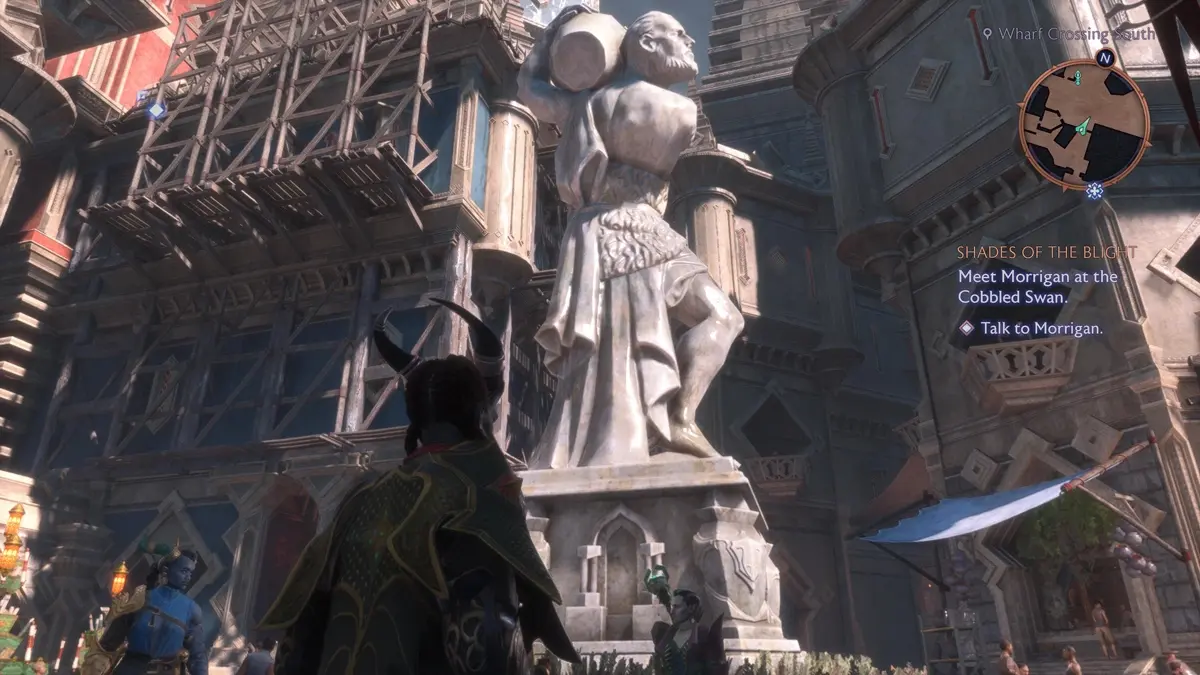
Dragon Age: The Veilguard is not an open-world game. Much like other action-RPGs of its kind, Tevinter is depicted in-game as a series of zones, wherein players can either follow the golden path to pursue their given mission, or hop off the beaten path to chase after side objectives. While the main story content and companion quests offer the best in-game content by a long shot, side quests that involve specific factions can be rather important, as Rook’s relationship with each in-game faction factors into the final act of the story.
While I can’t say that I thoroughly enjoyed doing things like finding altars and breaking big puzzle pieces to raise Rook’s health by a fraction, there are other reasons to explore these zones in between quests. Minibosses, lore drops, and, most importantly, gear are all lying in wait in some of the most niche corners of Tevinter, giving players reason to spend a few more hours grinding each of these zones out. Loot can be important to making certain builds work, so it’s always worth seeking it out across the map – but none of this is strictly necessary to advance the main plot.
It’s important that players have a reason to explore a world this beautiful, however. Aesthetics alone aren’t enough to push people into dropping 40+ hours into this RPG, but this game almost makes a good case for it. The Veilguard made a few unfortunate waves upon its reveal, with fans of the Dragon Age franchise in particular decrying the shockingly cartoonish artstyle of its character models.
Admittedly, I was never caught in this trap – its cartoonish characters seemed appealing in their own way, but its environments are positively unimpeachable.
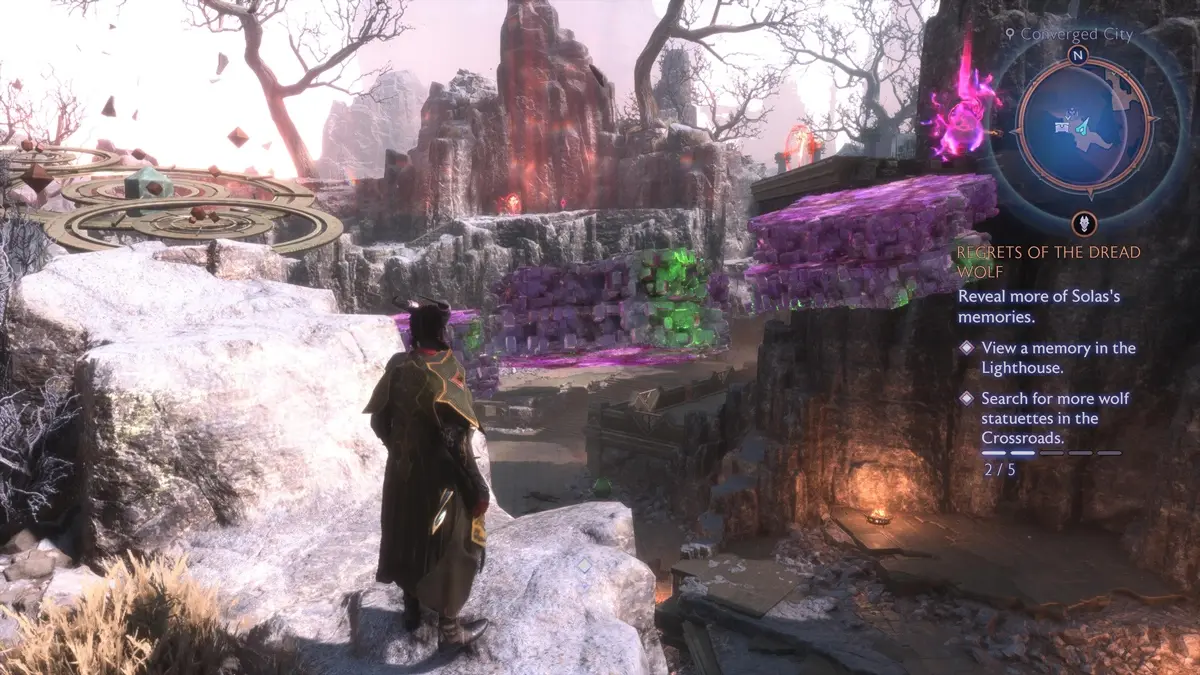
Tevinter’s locations are visually arresting and utterly absorbing in motion, drawing a living painting of this world and its inhabitants. The only issue is that the sprawling cities, wild jungles, and ancient ruins they depict only appear to be large and spacious on the surface, but all too often boil down to a series of twisty corridors and ladders in exploration. Nevertheless, BioWare came through on these environments. They’re enticing enough to urge players into exploring their darkest corners, in the hopes of finding something they haven’t seen before.
The Veilguard is also technically flawless on the PlayStation 5, with little to no noticeable bugs, glitches, or other hiccups of the sort. The only real dampener on this game’s exploration are its rather pedestrian puzzles. Much like any other RPG, players have to solve different sets of puzzles to get into key areas and uncover rewards. In The Veilguard, they will only solve a few simple variations of three puzzles throughout the entire game. These mostly involve dragging a magical stone (or wisp) to their designated slot, moving some lasers around to hit magical stones, or clearing a wall of Blight by shooting sneakily hidden Blight masses hidden around an environment.
I have genuinely played more complex Lego games – which is not a slight on Lego games. They’re very dear to my heart, but such simplistic puzzles serve as a microcosm of The Veilguard's tonal disarray; at times, this M-rated game seems to be aimed towards young adults.
Verdict
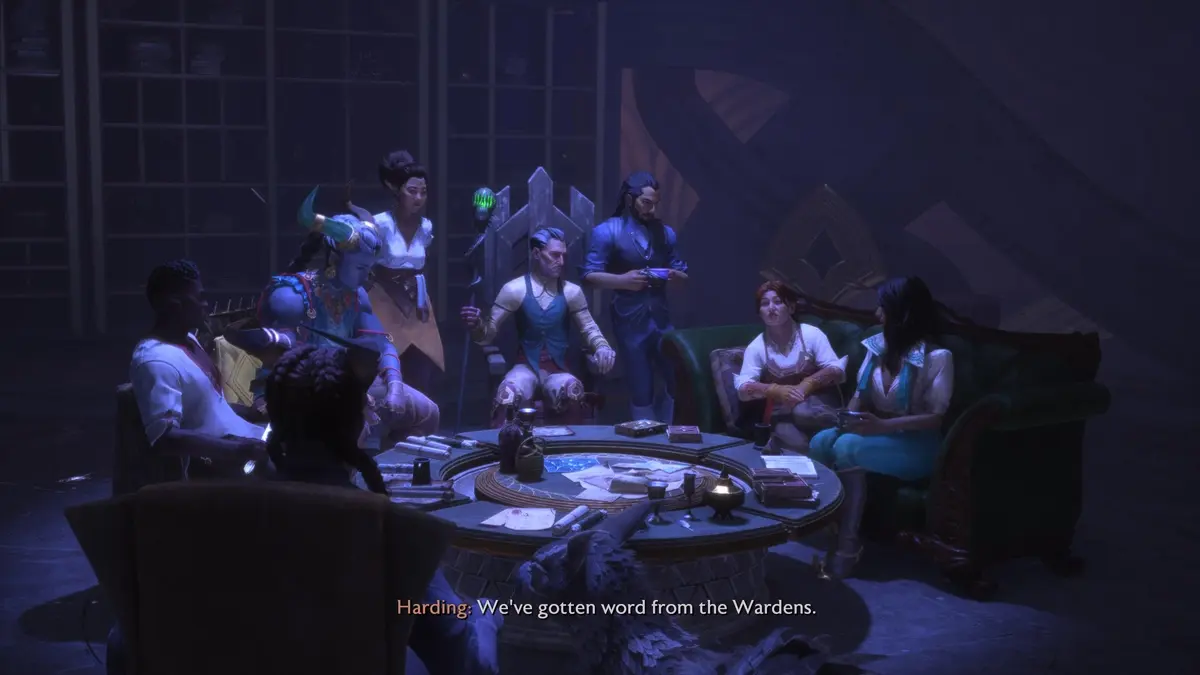
Dragon Age: The Veilguard is a serviceable fantasy RPG that doesn’t come close to reaching the heights of this genre, let alone those of Dragon Age games before it. Its combat and dialogue options are disappointingly simplistic, but its environments are breathtaking and its companions are memorable enough to keep you playing. Despite its faults, this is a noticeable step up from Mass Effect: Andromeda and Anthem at the very least. One hopes that it represents a permanent step in the right direction for this iconic RPG developer, especially since the next project it has lined up is a Mass Effect sequel.
Dragon Age: The Veilguard is out now on PlayStation 5, Xbox Series X|S and PC. We received a copy of the game for this review.

